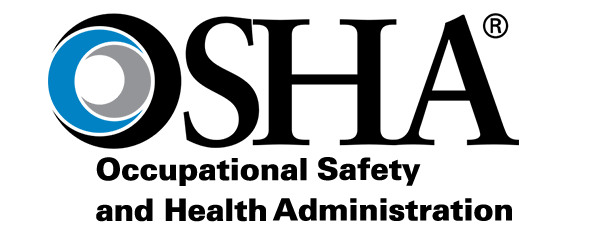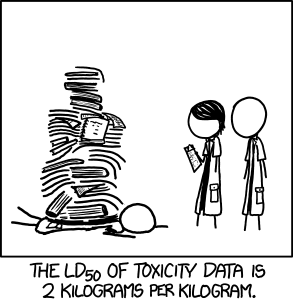Air Testing is used to test and
analyze the air in a workplace. This could be in a construction zone, office,
government building, school, mall, or anywhere else where business takes place
or people live. Although air testing has
not always existed, it is now essential in our day to day lives because of all
of the chemicals and pollutants that exist today that are hazardous to our
health. Poor air quality can lead to unfortunate health changes in the
environment and in individual’s bodies. Results for exposed people can range
from sore eyes, burning in the nose and throat, nausea and headaches. Extreme
results could be allergies, heart disease, cancer and other longer-term
diseases/results. Employers who do not comply with air quality standards get in
legal trouble.
Molds, bacteria, asbestos, dust, gases and fumes, pesticides
and other chemicals are examples of common air pollutants found in buildings in
workplaces.
Pump Callibration is the process of using a metering instrument
to determine the airflow rate created by the sample collector. Callibration of
the flow of a sample through the sampling is important and needs thoroughly
checked before and after each sample. In class, we did a benzene sampling test.
We used the formula included in the associated powerpoint to calculate our
answer, and after the math was done, our answer equaled 14.7, or two liters per
minute. 0.75parts per million (PPM) is less than the occupational exposure
limit, meaning it was in acceptable amounts in our classroom. We were not
overexposed to benzene in class.
The “breathing zone” is technically the
five to ten inch radius surrounding a worker’s nose and mouth. This area is specifically
targeted because the mouth and nose are the modes of entryway through
inhalation and ingestion.
As mentioned above, some substances will not show effects
for years after exposure. For example, asbestos can linger in the inhalant’s
lungs and eventually cause irreversible damage to their health and life
longevity.
Occupational exposure limit, or OEL, is determined by OSHA. Occupational Safety and Health Administration, or OSHA, is a part
of the United States Department of Labor. The OSHA administrator is the
Assistant Secretary of Labor for Occupational Safety and Health. OSHA deals
with assuring the health standards of the workforce by setting and enforcing
standards to protect people. Other tasks involve training, outreach, educating
and assisting the workforce.
On the Center for Disease Control and Prevention’s webpage
is listed the National Institute for Occupational Safety and Health, (NIOSH) .
There are different methods to testing substances in the workplace’s air,
surfaces, and blood and urine of the workers there.
When testing, the flow rate, sample’s stability and sample
itself impact the outcome of the test. Flow rate is the volume of fluid which
passes per unit of time. Sample stability is the capability of a material to
retain the initial property of a measured constituent for a period of time
within a certain time period. Instability is present when a change occurs in
one of the measurements taken.





